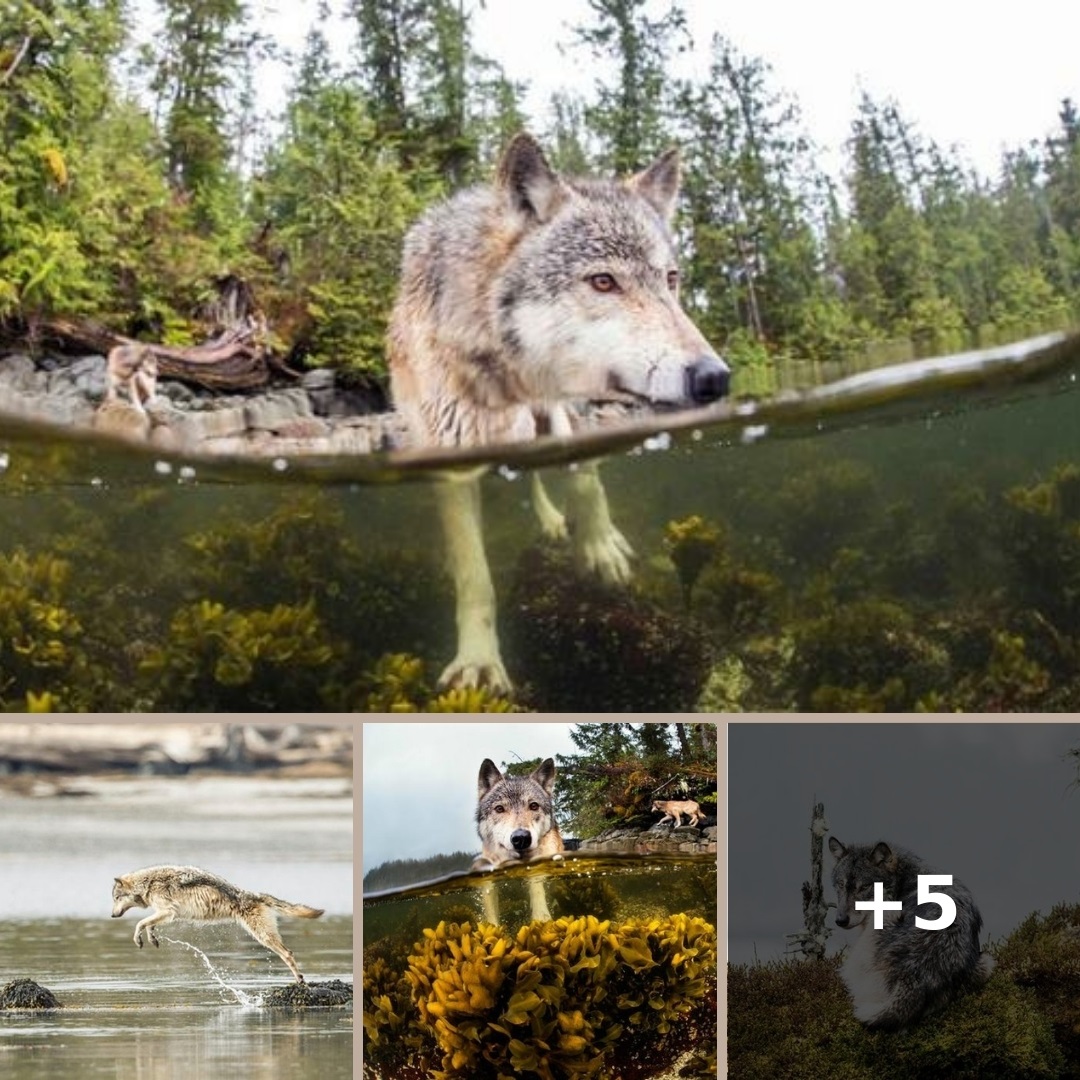Along the wild Pacific coast of British Columbia, there lives a population of the sea wolves.
“We know from exhaustive DNA studies that these wolves are genetically distinct from their continental kin,” says McAllister.
“They are behaviorally distinct, swimming from island to island and preying on sea animals. They are also morphologically distinct — they are smaller in size and physically different from their mainland counterparts,” says Ian McAllister, an award-winning photographer who has been studying these animals for almost two decades.
McAllister captured the magic of these wolves in breath-taking pictures. As he swam towards them, “the curious canines approached him so closely that he could hear them grunting into his snorkel. He took several frames, then pushed back into deeper water without daring to look up,” writes the bioGraphic.
One could almost call these sea wolves pescatarians – 90 percent of their food comes directly from the ocean, with a fourth of it coming from eating salmon.
On top of having distinctive food patterns, sea wolves are also excellent swimmers, with their farthest record being swimming to an archipelago 7.5 miles from the nearest landmass.
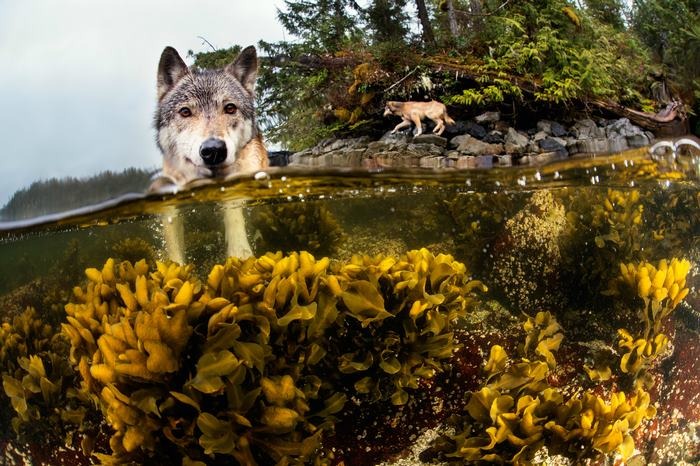
Along the wild Pacific coast of British Columbia, there lives a population of the sea wolves
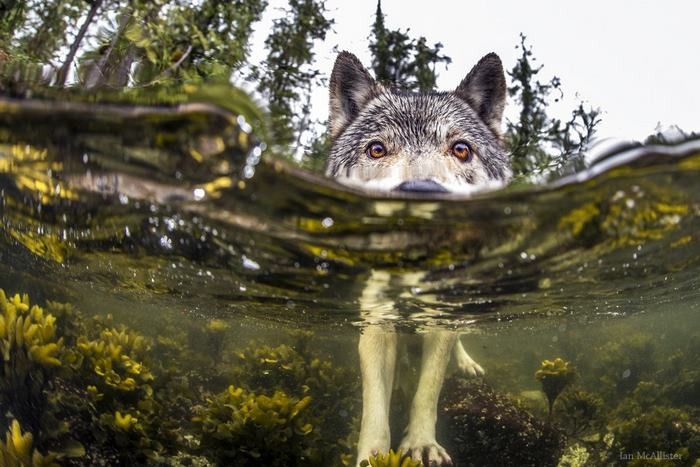
“We know from… DNA studies that these wolves are genetically distinct from their continental kin”

“They are behaviorally distinct, swimming from island to island and preying on sea animals”
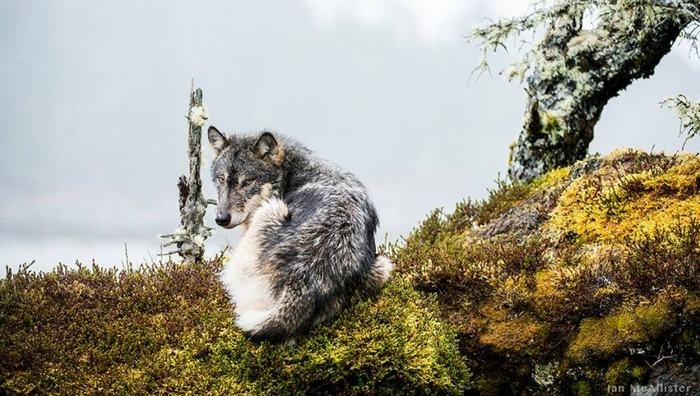
The wolves “are smaller in size and physically different from their mainland counterparts”

They are excellent swimmers that can do 7.5 miles in a go

90 percent of their diet is seafood as these creatures live off an ocean
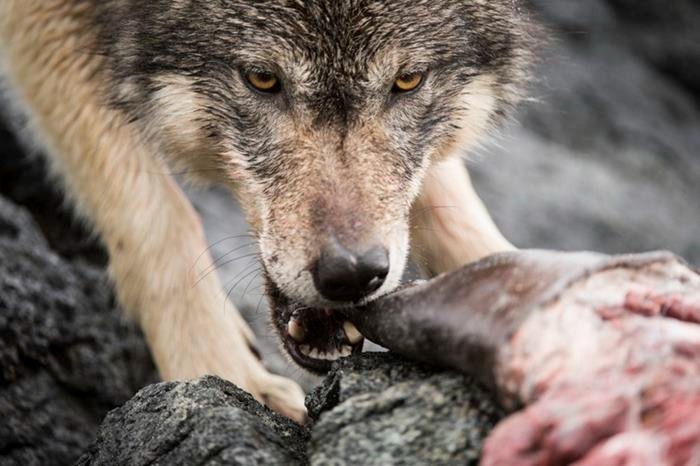
Thanks to photographer Ian McAllister, who captured the magnificence of this species…
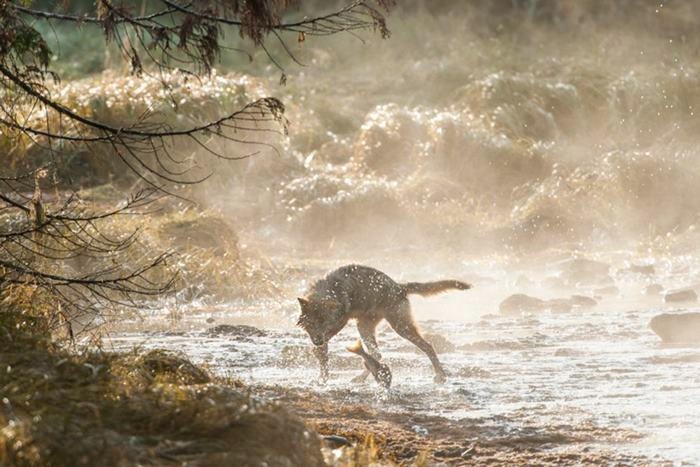
We can take a better look into their lives in fairy-tale like natural surroundings
